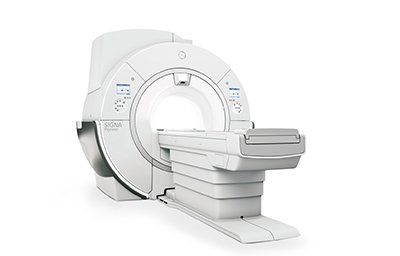What You Should Know About Open MRIs
Open MRIs are one of the most popular types of medical imaging, and they're also one of the most affordable. They're non-invasive and pain-free, and can provide you with an array of images, including softer body parts. If you have questions about open MRIs, contact your physician in Cape Coral Florida today.
Reduces anxiety
If you're a bit nervous about open MRIs, you can ask your doctor beforehand what to expect. He or she will be able to explain the procedure and the risks and benefits. This information can help to reduce your anxiety and help you feel more comfortable. However, it's not advisable to search for answers on the internet, as it may be inaccurate or misleading.
The main difference between open and closed MRIs is the type of machine. An open MRI is more spacious and has an open side. This type of MRI is beneficial for patients who are claustrophobic and who feel anxious about enclosed spaces. However, patients should be aware that they should not be scared about the claustrophobic MRI, as it can be life-saving in some cases.
Patients can also try meditation or exercise to calm their minds. These activities will release endorphins, which are neurotransmitters that help calm the mind. Additionally, deep breathing during meditation can help to slow the heart rate and calm the patient. They can also try listening to soothing music, reading books, or browsing social media websites.
Open MRIs are also more comfortable for patients who are claustrophobic and don't feel comfortable with enclosed environments. They are also great for pediatric patients and elderly patients. They don't involve sliding into the MRI machine, but they can still provide the same information as a closed one.
Provides images of softer bodies
MRI scans are a valuable tool for analyzing the internal structure and organs of the body. They can also provide images of the brain after trauma. Open MRIs in Cape Coral Florida offer patients the ability to see softer body structures and organs. However, MRI scans aren't right for everyone. If you are claustrophobic or otherwise unsure of your condition, you should discuss your options with your physician.
Is pain-free
You may be wondering: "Is pain-free open MRI in Cape Coral Florida really possible?" It is possible to have an MRI without any pain. The technology enables the patient to stay comfortable during the procedure. The process is not invasive and can help diagnose various conditions.
Is non-invasive
Non-invasive open MRI is a non-invasive imaging procedure performed on a patient. The procedure uses radio waves and a magnetic field to create a detailed image of the body's organs. These images are helpful in detecting problems and may even prevent the need for more invasive procedures.
MRI scans are performed while a patient is in a sitting or upright position. They are a painless way to diagnose illness or injury. Doctors order these tests when they can't make a diagnosis using other tests or surgeries. They can also help them decide which treatment path to take for their patients. Using this innovative technology has been a game changer in medicine and has even received approval from insurance companies.
RadNet is a national network of imaging centers, offering the latest in medical imaging. With state-of-the-art equipment and board-certified radiologists, these centers provide comprehensive diagnostics. MRIs can detect cancerous tumors that are as small as one millimeter. If you have a family history of cancer, or suspect you are developing the disease, it's vital to have an accurate diagnosis and to treat the condition early.
Is 3T MRI a breakthrough in early-stage cancer detection
High-field strength (3T) MRI systems are increasingly used in clinical settings, and their potential to detect early-stage cancer is clear. The use of 3T MRI for breast cancer screening is a significant addition to mammography and sonography.
3T MRI is an imaging technique that uses radio waves and a powerful magnet. These waves are very sensitive and can differentiate between normal and abnormal tissue. It is used to make images of the brain, organs, and soft tissues. The technology is highly sensitive, allowing doctors to detect a wide variety of cancers and early-stage tumors.
This technique is particularly useful for detecting metastatic cancer in the liver. Researchers have described it as a "game changer" for cancer diagnostics. Ultimately, this technology could be applied to other types of cancer, providing a novel way to detect the disease at its earliest stages.
This new technology allows for a faster diagnosis, allowing doctors to perform less-invasive surgery. It also enables doctors to estimate the tumor's volume better than physical examination, which is particularly useful for women with IB1 cervical cancer. The technology can also help doctors decide whether to perform a parametrectomy or not.
Prostate cancer is another example. By using 3T mpMRI to detect prostate cancer, doctors can more accurately identify patients with prostate cancer. Prostate cancer is a highly treatable disease if caught early. MRI can help physicians identify this disease earlier, and can minimize treatment-related adverse events. Depending on the severity of the disease, 3T mpMRI can even help guide prostate cancer treatment.









